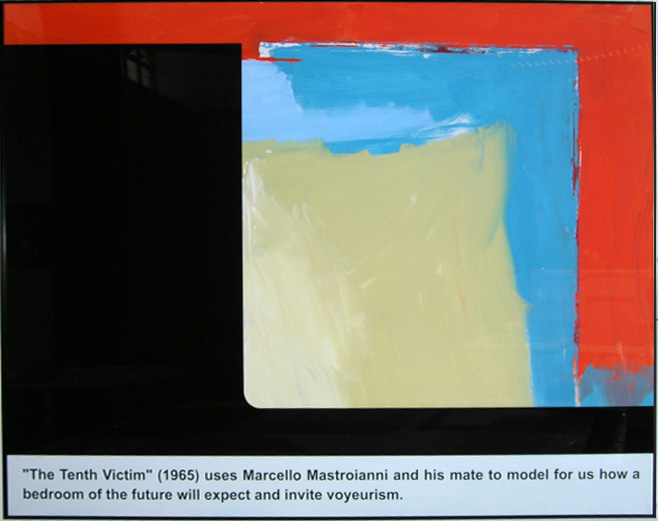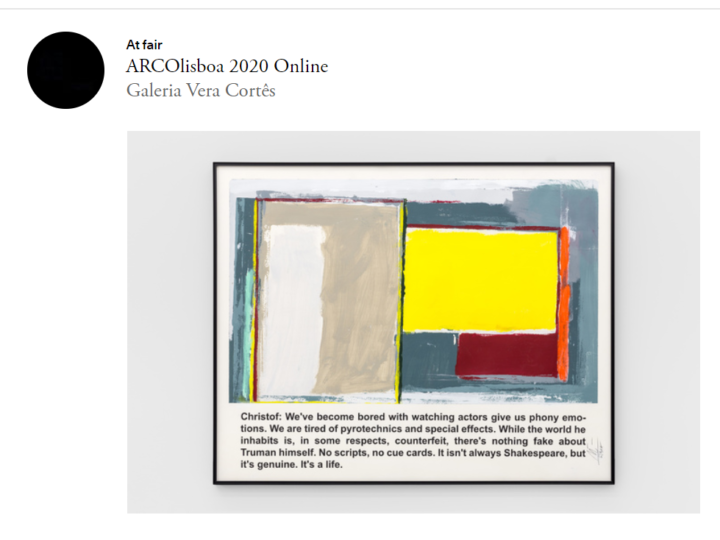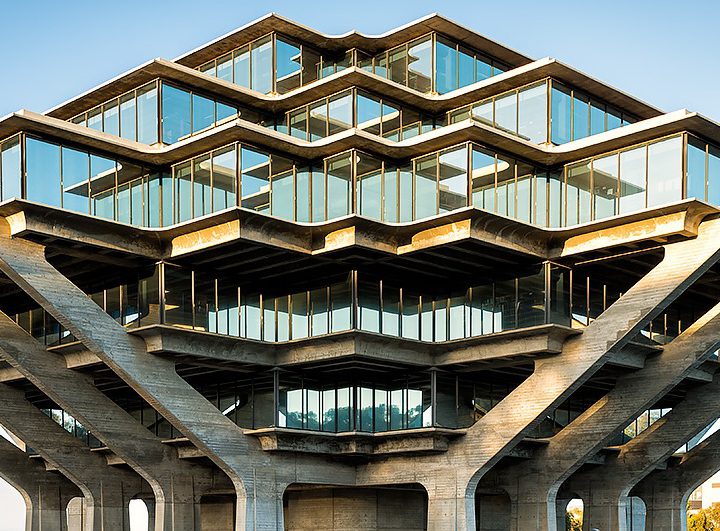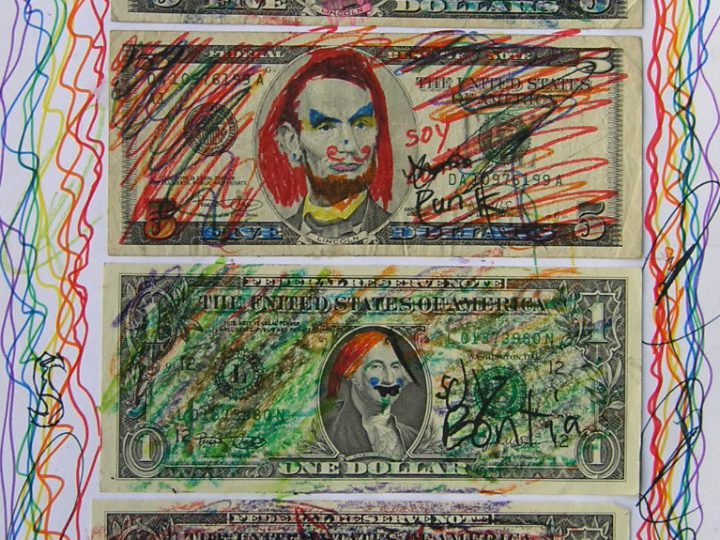
COINCIDENCIAS: DIÁLOGOS ENTRE PINTURA, ESCULTURA Y FOTOGRAFÍA EN LA COLECCIÓN DE FOTOGRAFÍA ALCOBENDAS Y LAS COLECCIONES DE 9915
15.02.2023 > 16.04.2023
Centro de Arte Alcobendas, Madrid
Curated by María de Corral and Lorena Martínez de Corral
Text by María de Corral and Lorena Martínez de Corral
The Alcobendas Art Center is hosting the Coincidences exhibition, a dialogue between some thirty photographs from the Alcobendas Photography Collection and many other works of painting and sculpture selected from the collections of 9915, the Association of Private Collectors of Contemporary Art.
The exhibition seeks to get the visitor involved by identifying coincidences and similarities, comparing and interpreting images from both collections and enjoying the coexistence of languages and techniques. A continuous correspondence between Spanish authors, those of the Alcobendas Photography Collection, and mostly international ones, those of 9915.
Selecting the works for this exhibition has forced us to take sides, accept the risks involved in trying to show a particular vision and offer it to the public to be interpreted. It is an incessant writing, reading and re-reading of a history of diverse proposals, both in its languages and in its contents, linked to its protagonists, in this case photography, painting and sculpture.
They are works that express the variety of themes on which the artists of our time reflect, making us participants in what happens around us in a real, poetic and in many cases visionary way.
The Place of the Spectator
by Alberto Martin
A proposal centered on the selection and assembly of a series of works based on the appearance of a series of coincidences between them, be they of a formal, thematic, generic or aesthetic nature, may seem too simple. And more taking into account the evolution of the artistic scene in recent decades, its expansion and diversification, the hybridization of practices and genres, the dissolution of borders and limits, the increasing complexity of arguments and proposals, the destabilization of values and criteria, or the systematic and radical methodological review of the history of art itself. But at the same time, it is likely that it is precisely from this complex panorama that the opportunity to value this exhibition entitled Coincidences in a different way is offered to us, and this, by placing in the center of the proposal and of its possible reception to an often forgotten actor, although it may not seem like it and is rarely recognized, such as the spectator.
Jean-Marie Schaeffer, a philosopher who has reflected and written extensively on the aesthetic experience, used the expression “facilitator of experience” in a recent interview, which may be highly relevant in this context. Referring to the current situation of contemporary creation and alluding to the aforementioned complexity parameters, he highlights the growing importance that these ways of facilitating experience have today (criticism, the specialized press,…) and the role they play and can play in accessing the work of art, remembering, in turn, two not inconsiderable elements: that the aesthetic experience depends on the capabilities of the subject and the experience they have accumulated, as much as on the richness and complexity of the object on which we develop that experience, since in an aesthetic relationship, before a work, the mechanisms that come into play are not objective in nature, but subjective, that is, we internalize (1).
In this sense, Jean-Marie Schaeffer himself, in his brief but resounding essay Adieu à l’esthétique, recalls that “the main purpose of the aesthetic relationship does not reside in the formulation of an appreciative judgment, but in the aesthetic experience itself in so much so that cognitive activity regulated by its internal satisfaction index» (2), so that aesthetic appreciation should not be exactly identified with judgment, that is, affective state, attentional activity and satisfaction with evaluation and judgment. Judgment whose nature the author also analyzes, clearly differentiating between aesthetic and normative judgment, thus defining or appealing to different spheres in the reception and relationship with the works, one personal, subjective, associable to the viewer, and another of nature, so to speak , more institutional, normative, evaluative, related to the sphere that makes up the artistic field, its professionals. It could be said that this exhibition proposal, Coincidences, finds its raison d’être and its field of possibilities in this framework, in that space between two modes of aesthetic experience, and especially, in what refers to the place or the role of the spectator, for its potential consideration as a driving tool for that attentional activity mentioned above and, also, to its extent, as a way to facilitate experience.
All of us, in the process of receiving a work, from simple contemplation to analysis or evaluation, do not do it in isolation or outside of our conditions. It unfolds, inevitably, within a game of relationships, associations, comparisons, similarities, resonances and connections, either through references from the art world itself or from our personal, vital, social or cultural experience. Undoubtedly, the “surrounding world” of each one, their capacity and experience, intervenes in the nature and development of this set of references. Within this proposal, for different reasons and from its own simplicity, this series of responses and reactions is promoted and activated, placing itself in the foreground. If in every exhibition the selection of works and their relationship, with greater or lesser complexity, with one criterion or another, is a nuclear element, here, somehow, what is done is to present them naked and with a high level of accessibility to the procedure itself. The argument, choosing a series of works and relating them based on the existence of some kind of coincidence between them (perhaps it would be better to opt here for terms such as similarity, resonance or symmetry, among others), highlights and emphasizes, from the first moment, on the very reason for the selection and inevitably forces us to think about the type and nature of the association between the different pieces. The reflection on the existence of some type of association, with a greater or lesser degree of evidence and explicitness, leads to questions about the work, about its nature, about the type of support or technique, about its contents and themes, about its meaning, or on less obvious aspects such as the intentionality of the artist. From this forced confrontation with the conditions of the work, an experience of the object itself is extracted, undoubtedly enhanced, but also on a range of aspects that are not directly or physically present, such as the aforementioned intentionality, or other aspects that are not tangible at first sight. What prevails, in the last case, are the connections that the simple mechanism of contrast or comparison forces us to display.
It is interesting, in relation to the place of the spectator, to recall the statement of an interesting exhibition curated by Thierry de Duve some years ago (3). The brief title of that project was explicit in its intentions: Voici. Recognizing the feeling of exclusion that the viewer often experiences before contemporary art and exhibition proposals, the excess of self-referentiality, his intention was, as far as possible, to make it easier for the works to present themselves, making the viewer in front of them speak. What is interesting about the statement of this proposal, in this context, is the gesture and the recognition of its necessity and relevance, this facilitating that the works present themselves before the spectator to whom they speak, and about whom, after all, dude, they talk It is in this sense that everything said above finds its place.
Coincidences basically consists of putting several works into dialogue in parallel, generally two, that present some element of connection. It can be the existence of a common theme, the appearance of a repeating motif, the same dominant colour, a genre such as landscape or portraiture, a reference to abstraction, or any other coincidental aspect. . From this field, that of contrast from similarity, there are several elements that quickly appear more evident in terms of aesthetic attention and possible readings by the viewer. The most immediate is the one related to the difference in support, or better medium, from which the related works are made. Bearing in mind that the selection of the pieces is made from different collections, but, as a central axis, what it is about is to bring together works from the Alcobendas Photography collection, strictly photographic, with proposals from different collections, the result is the appearance of a majority dialogue between the photographic medium and different fields such as painting or sculpture, among others.
This is, without a doubt, the element that prevails in the first instance: a dialogue between the media that brings to the forefront at least two well-defined and interrelated “possibilities of attention”. The first has to do, logically, with representation and artistic intentionality, the way in which each of the authors confronts one or the other referents, and in the case of photography, this is even more intense. Elements such as mimesis, the reality effect, the artist’s perception, the reality effect and its suspension or not, emerge, with greater or lesser awareness of it, in the process of reception and perception by the viewer. In this sense, it is interesting the comment that Thierry de Duve makes in the text of the catalog of the aforementioned Voici exhibition, regarding figurative painting and the triangulation between the painter, the canvas and the model (let’s say by extension here, the referent), about the fact that, once the work is finished, the viewer looks at the canvas as the painter has looked at and perceived the model (let us say, by extension, the referent) (4).
We are interested in this aspect, to the extent that the comparison, the contrast between the different pieces, can bring out for the viewer that game of tensions and relationships that exists between the referent, the perception or the gaze on the part of the artist, and the work, and what is, within that dynamic, the place of the spectator finally facing the piece, with his own response and his own perception. Even when there is no referent, as is the case with abstraction, the viewer can wonder about this absence of referent or model, and wonder what has come to take its place, what kind of perception or aesthetic experience must be faced, what He poses that work without an explicit referent or model. And, consequently, the spectator can put himself for a moment in the place of the artist, and wonder about the perception that he develops and puts into play, not only about what surrounds him, the world, what is real, but also about the art itself, its history and how it transforms or settles in it.
Jean-François Chevier and Catherine David advanced a reflection in an article titled «The Actuality of the Image», which may well connect with this problem and point out interesting questions and answers for a potential viewer:
«In the 20th century, photography […] has become one of the new frontiers where art and non-art join hands. Like any conquest, the expansion of art to embrace photography has meant both an expansion of the other and an alteration caused by that other. Art has abandoned the realm of fine arts. Seeing has replaced doing. The model of the workshop (as a preparatory exercise or as a simple exercise) has been replaced by the model of aesthetic appropriation […] The aesthetic appropriation to which we refer not only affects pre-existing images, but also everything that is in the world that can be perceived as an image» (5).
That mention of photography, and the turbulence that its entry into art entailed, can lead us, in turn, to dwell on the transfer between painting and photography, which in fact is one of the most frequent and explicit dialogues in the proposal. coincidences. The viewer can see the conceptual space that opens up between both media, the way in which the subjects of photography have entered painting, the way in which the image takes place and is reflected in the pictorial, and vice versa, the way in which that photography, especially since the 1990s, when it expands its borders, enters a territory of hybridization, and is often expressed and constructed in a consciously “artistic” way, and assumes not only the themes, but also the concerns of the painting and its history as a medium. Perceiving then, given the weight that illusionism and mimesis had traditionally occupied both in photography and in a large part of the media, that in all of this there is a determined process of destabilizing representation and questioning the relationship between image and reality. A reflection that is probably one of the best ways to accompany a viewer who necessarily has to live today in the midst of a continuous proliferation of images that is increasingly located between the tangible and the intangible, the material and the virtual.
But, if we were to do a transversal reading, crossing the different works that come together based on coincidences, or assimilating them by some other criterion, other types of links or common territories of interest would appear. Among these possibilities, due to the nature of the works (and perhaps because they come from a certain type of collection), the gathering of a good number of pictorial works stands out, within which there are two groups that draw special attention. One appears related to a previously mentioned aspect, such as the relationship between painting and photography, or at least the dialogue within figuration with the photographic image in a direct or indirect way. Starting from this transversal look through this series of paintings situated in some way in the field of figuration, and with the echo of the photographic works that serve as a counterpoint, it is possible to delve into the matter of representation, about the way in which painting works and transforms the image, not renouncing the reference to reality, its certain documentary weight, but propelling it towards another place, exploring meanings and latent drives, abstracting the essential, subtracting the superfluous, saturating the referent, transforming and reworking the iconicity of the images. A process that faces another way of looking, a new way of seeing and perceiving the real that is also required, as a counterpart, of the viewer (6).
If, on the other hand, we lean towards the group of works that we can place within abstraction, we observe an element that runs through a good number of these pieces. It is about the conscious appeal, on the part of some artists, to the very past of painting, to the history of the medium, developing and incorporating in their proposals a complex and extensive set of quotes or references that appear with a greater or lesser degree of explicitness. The role of those references, of those quotes, is double. On the one hand, in the field of pictorial discourse, they act as an indication, signaling, even interruption (using Walter Benjamin’s words here), on the other hand, they are part of the artist’s intentionality in the process of encountering the medium and creation of the painting, along the lines pointed out by Michael Baxandall when proposing to reread and displace the definition of influence by that of intention, as a means to deepen the perception of the works (7).
Within this set of intentions on the part of the artist, the interest in developing a certain revision of modernity appears very clearly, something that in fact is not only perceived in the works that we can place directly in the pictorial medium, but also in some that incorporate, directly or indirectly, fields such as design and above all architecture, and that to a large extent do not stop referring, through this appeal to the modern period, to the permanence and relevance of the utopian ideal that it incarnated and claimed through art. Thus, through these pieces, and the quotes and references they incorporate, we witness a deepening of the possibilities that the language displayed by modernity can continue to offer, whether within the specific field of exploring form as a field of possibilities, either to deepen its capacity as a discursive tool. In both cases, from a more formalist territory, or from a more discursive perspective, those games of intentions, those more or less explicit quotes, those processes of revision of the past of art itself, of the medium from which one works or of the support, they also offer, for the viewer, the possibility of opening up and exploring their own capacity for attention and perception.
Perhaps it is there, in the perception of how these re-reading processes are modulated, where one of the main challenges could be found when it comes to thinking about a perspective for the viewer in this proposal. Open the door to glimpse the creation process through the artist’s intentions, and the way in which each of his decisions establishes a wide range of dialogues and cross-relationships. As Michael Baxandall himself points out, “the arts are a game of position, and every time an artist is influenced, he rewrites his art history a bit” (8). The observation of connections, references, revisions, crossings, quotations or influences, whether between works, authors, periods or media, can thus appear as extremely fertile territory from which to build a potential place to the viewer.
![BLIND RUNNER [solo show]](https://joaolouro.com/wp-content/uploads/2004/10/blind-runner.jpg)


